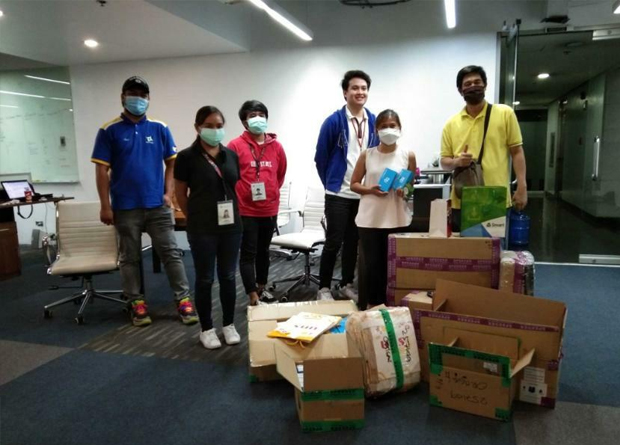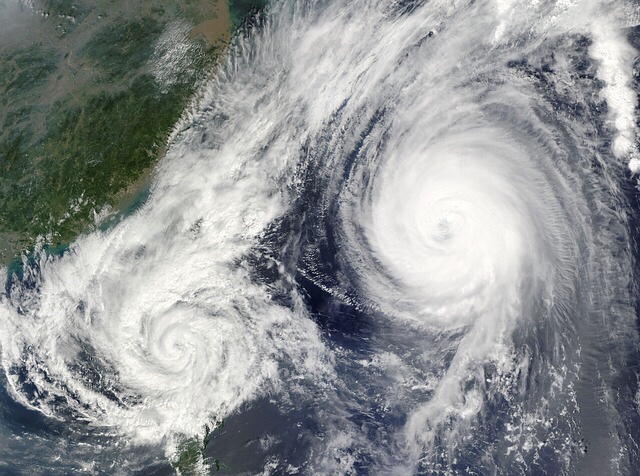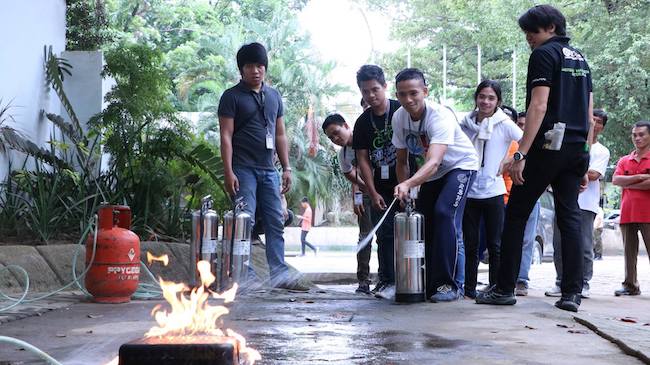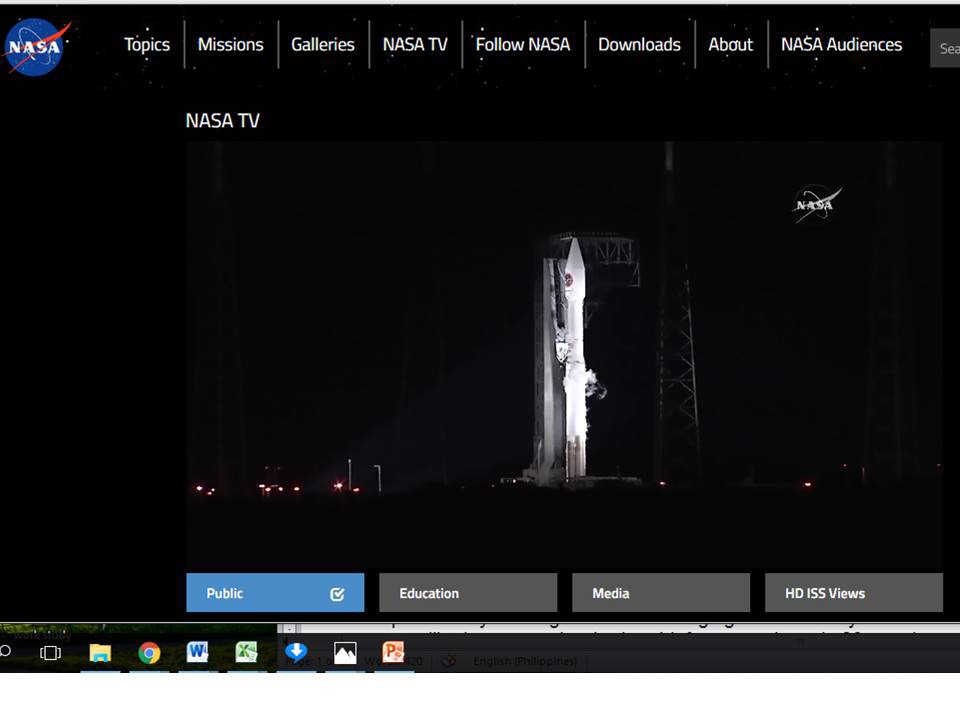As a landmark project of the Department of Science and Technology (DOST) through the Philippine Council for Industry, Energy and Emerging Technology Research and Development, the first Filipino made micro satellite is poised to fly high in the next two months.
This micro-satellite uses cutting edge technology, designed and assembled by Filipino scientists and engineers on a comprehensive training on satellite technology at Japan’s Tohoko and Hokkaido universities.
DOST ‘s launch into this new horizon is driven mainly by the project’s major nationwide benefits such as improving agricultural productivity and food security. The microsat, once put in space, will be able to send critical data on weather systems which are crucial for our farmers to adjust planting methods and procedures in the light of climate change.
Named after Filipino mythological character, Diwata (“fairy”), the first Filipino built microsatellite, weighs just 50 kilograms but the benefits are indeed heavyweight.
“Diwata is a micro-satellite that was designed and developed by an all-Filipino team of scientists and engineers now based in Japan who were trained in this technology in our hope of providing vital information to our farmers so they will be prepared on what crops to plant, when to plant and how they can provision contingencies in overcoming the ill effects of El Nino up to the middle of 2016,” said DOST Secretary Mario G. Montejo.
Just like other countries around the world, this satellite technology will greatly improve the capability of our national weather agency, the DOST-PAGASA, to make accurate forecasts and weather monitoring that is crucial in agriculture. The data that will be generated by Diwata will enable DOST- PAGASA to predict extreme weather systems like the El Niño phenomenon that can dramatically affect agricultural productivity, crop yield, and threaten food security.
In fact, PAGASA was able to map out its strategy months in advance before the onset of El Niño last March 2015. This was made possible due to satellite weather data that was sourced from independent satellite data providers at that time. But because of Diwata, PAGASA’s forecasting will greatly improve because of more available data at its disposal.
Using satellite data and imageries, PAGASA was able to make a forecast on the extent and severity of El Niño in the different provinces and regions on a month-to-month basis. This will allow our local farmers, agricultural officers of local government units and the private sector involved in producing and processing agricultural products to plan and establish safety nets to cushion the impact of the dry spell.
“By investing in our intellectual resources, harnessing the best minds in our country, we developed Diwata to provide our people the opportunity to reap the many benefits it offers aside from information critical to agriculture because these same data can be used to monitor our forest cover and natural resources, implement a responsive disaster risk management program like Project NOAH, enhance water resources management systems and improve weather monitoring and forecasting,” added Montejo.
Today marks a milestone for Philippine venture into outer space as the Philippines and the two Japanese universities as project collaborators hand over to the Japan Aerospace Exploration Agency (JAXA) Diwata, the micro-satellite branded as “Proudly Filipino Made” to be our eye-in-the-sky.
Diwata will be sent to the United States, either in Florida or California, by JAXA for its launch to be carried to the International Space Station that will orbit the earth 400 kilometers up in space.
“We at the DOST believe that this is a big step forward to attaining technological self-reliance by harnessing the power of science, technology and innovation. The talents of our own scientists are working for our people and we are confident that the benefits of DIWATA will boil down to improving the lives of Mang Juan and Aling Maria in the long run,” concluded Montejo. (STII S&T Media service)












































































































